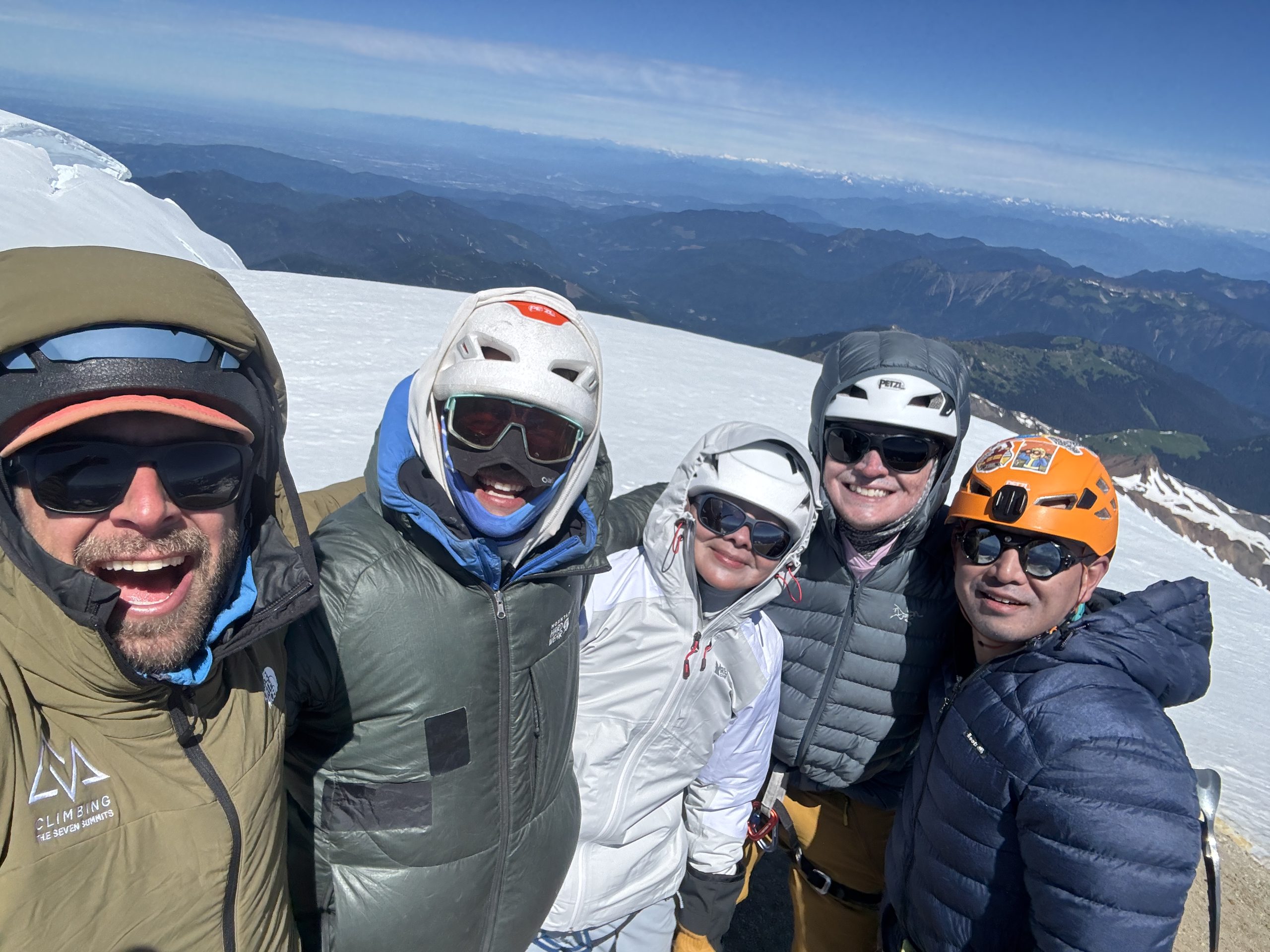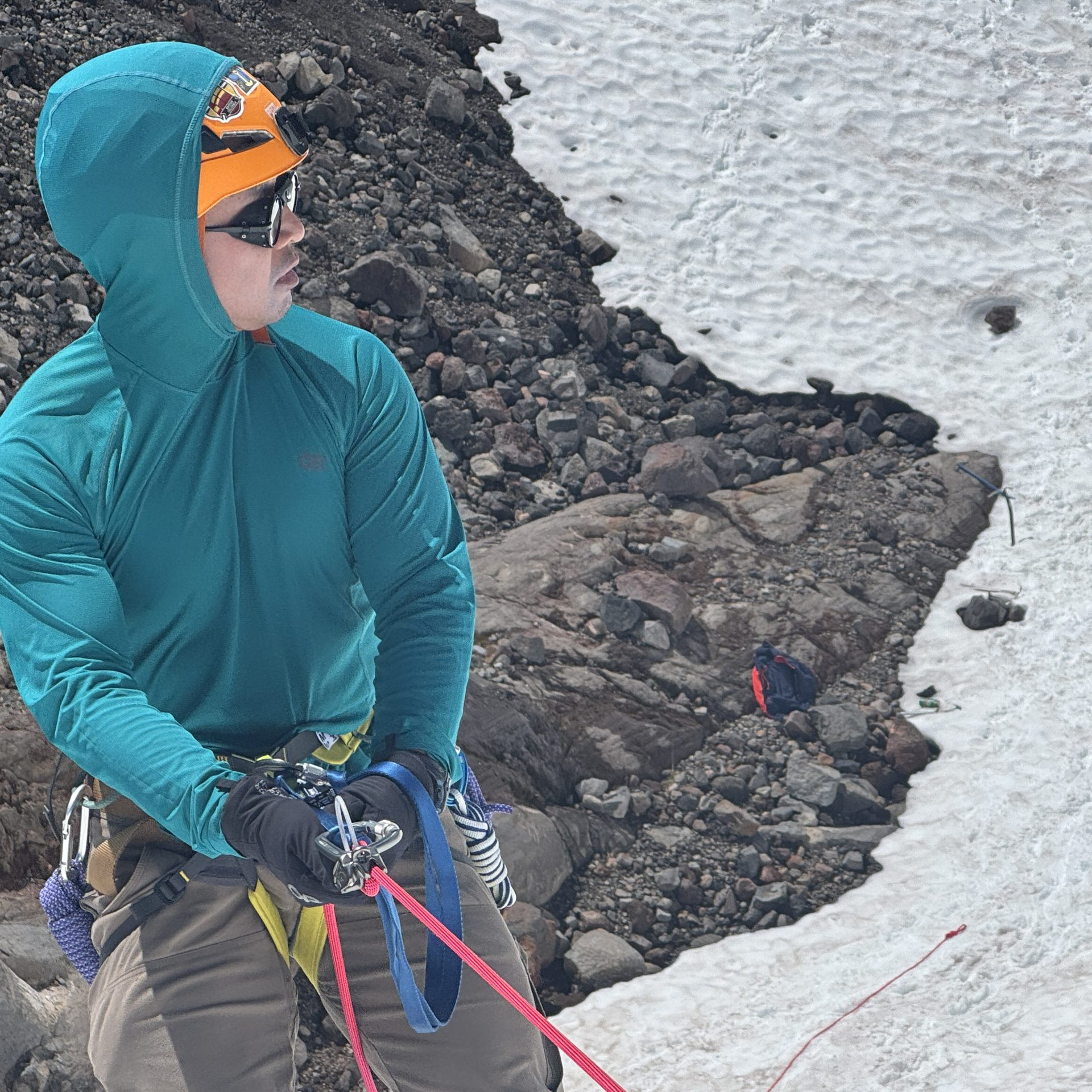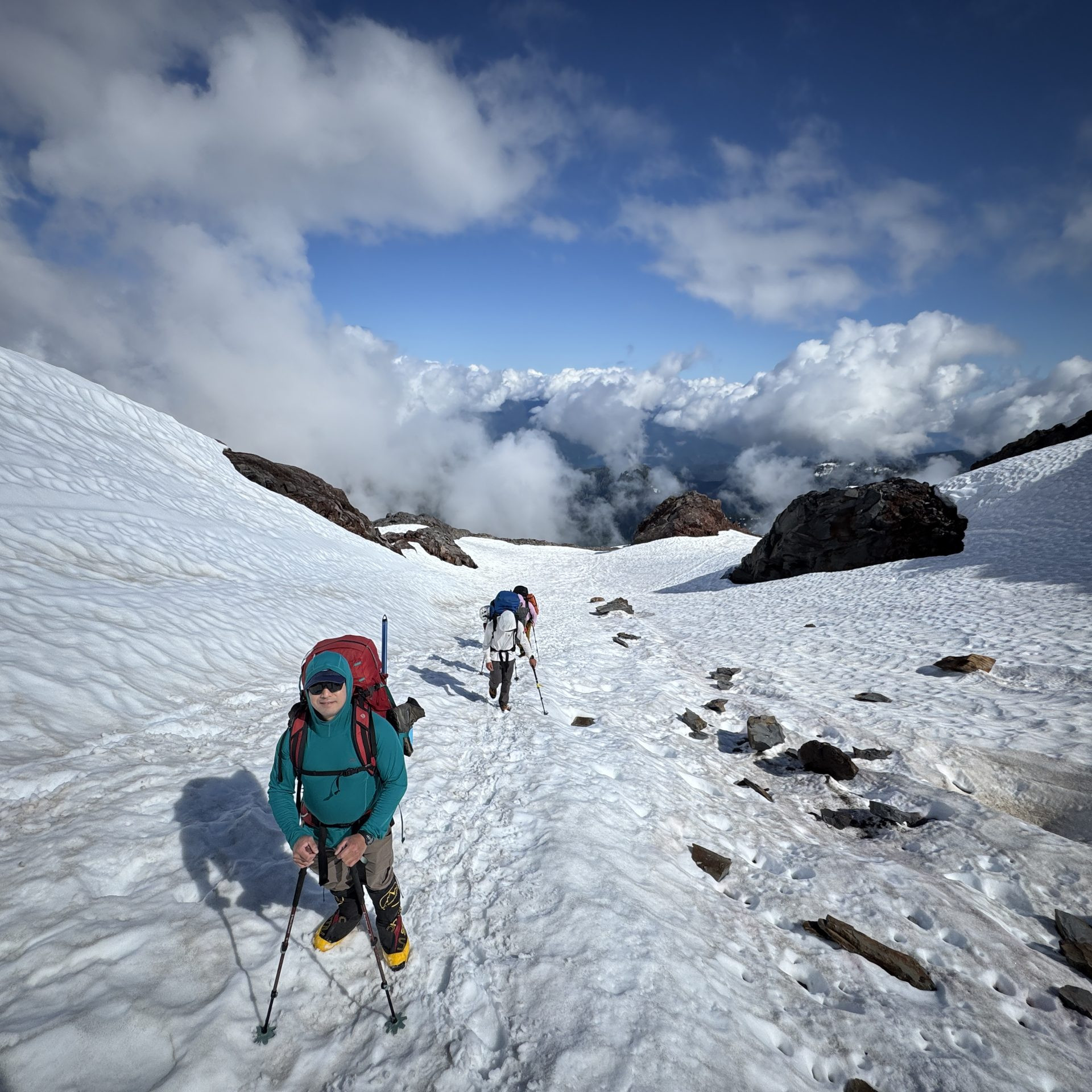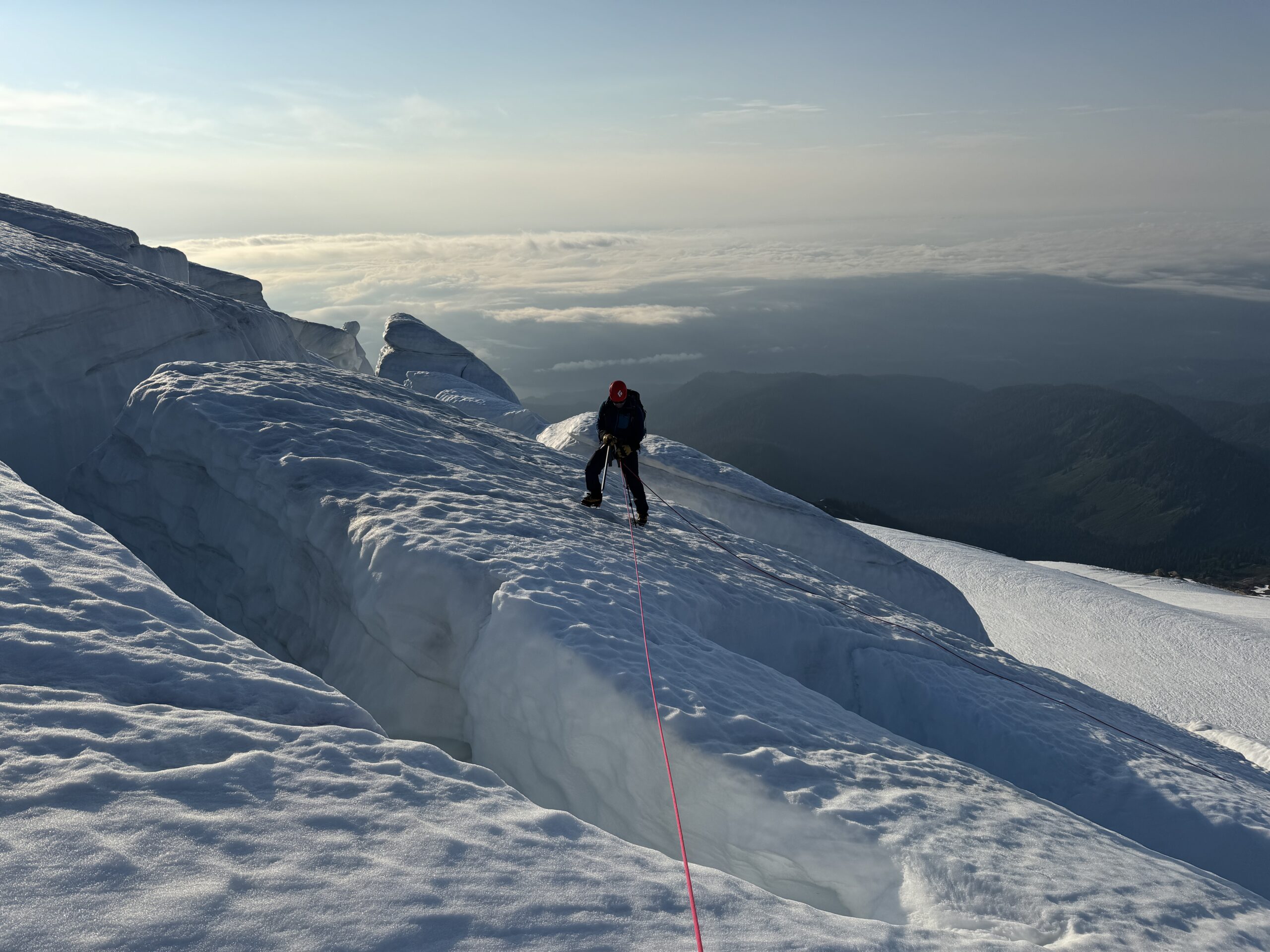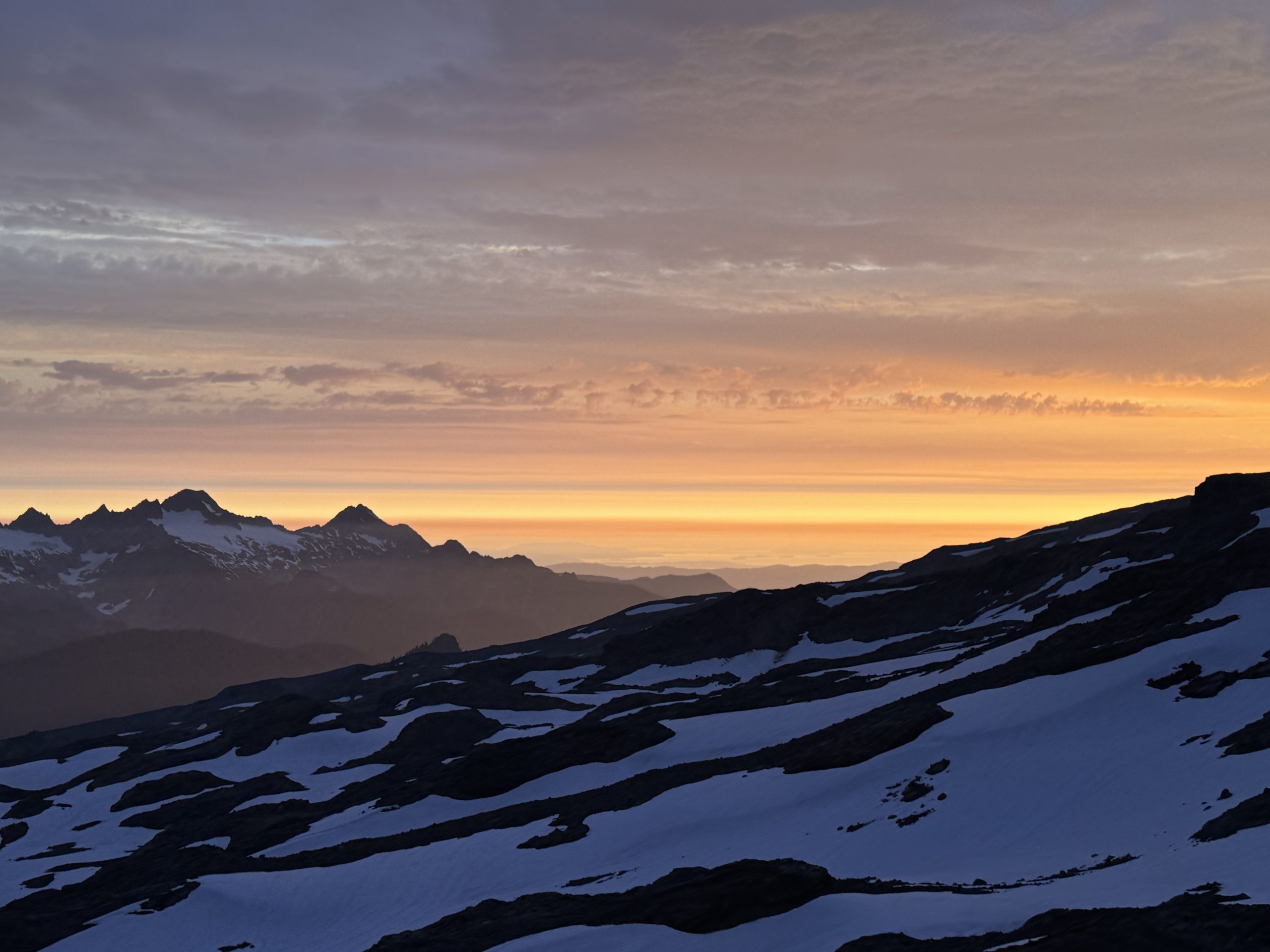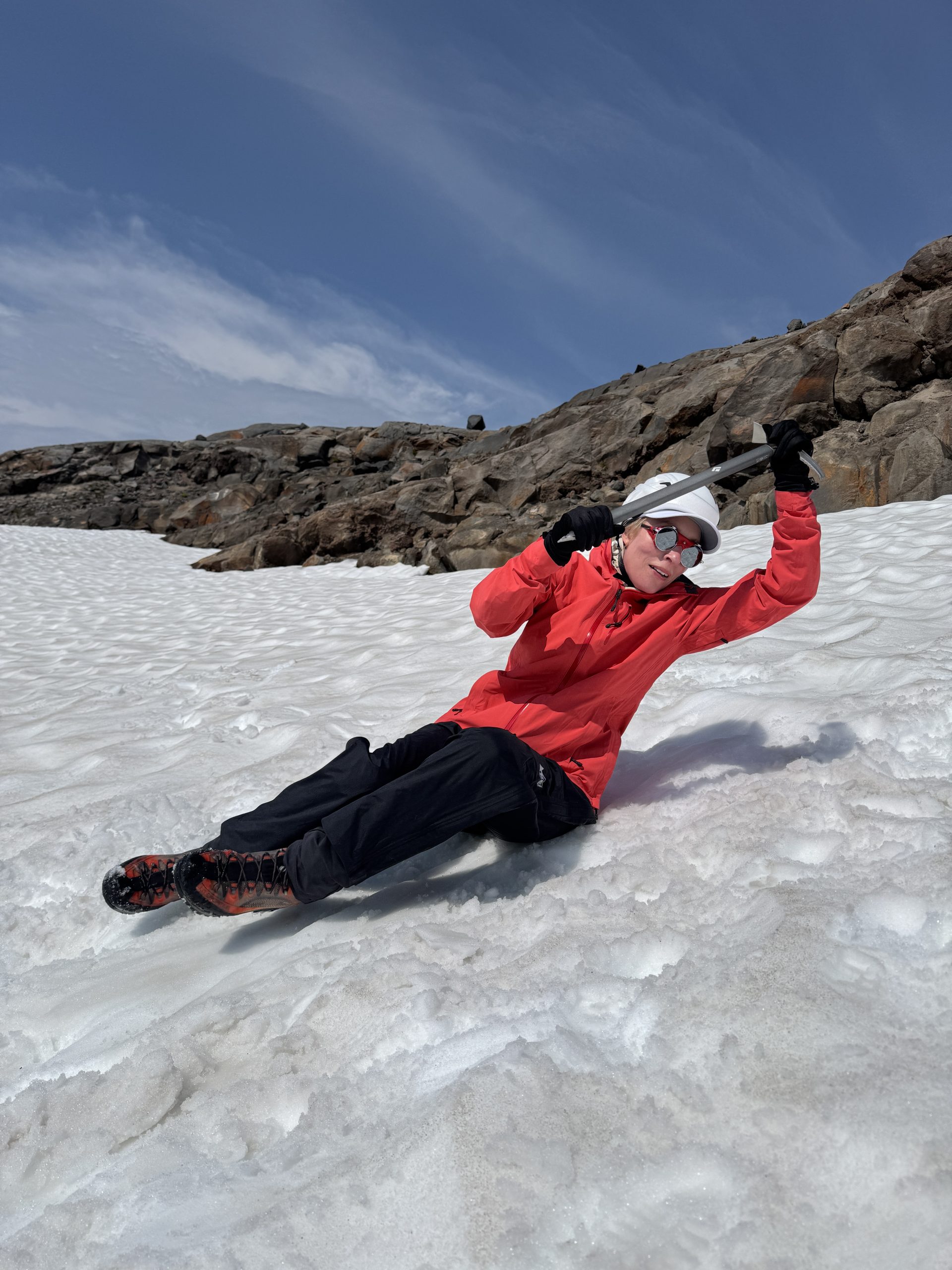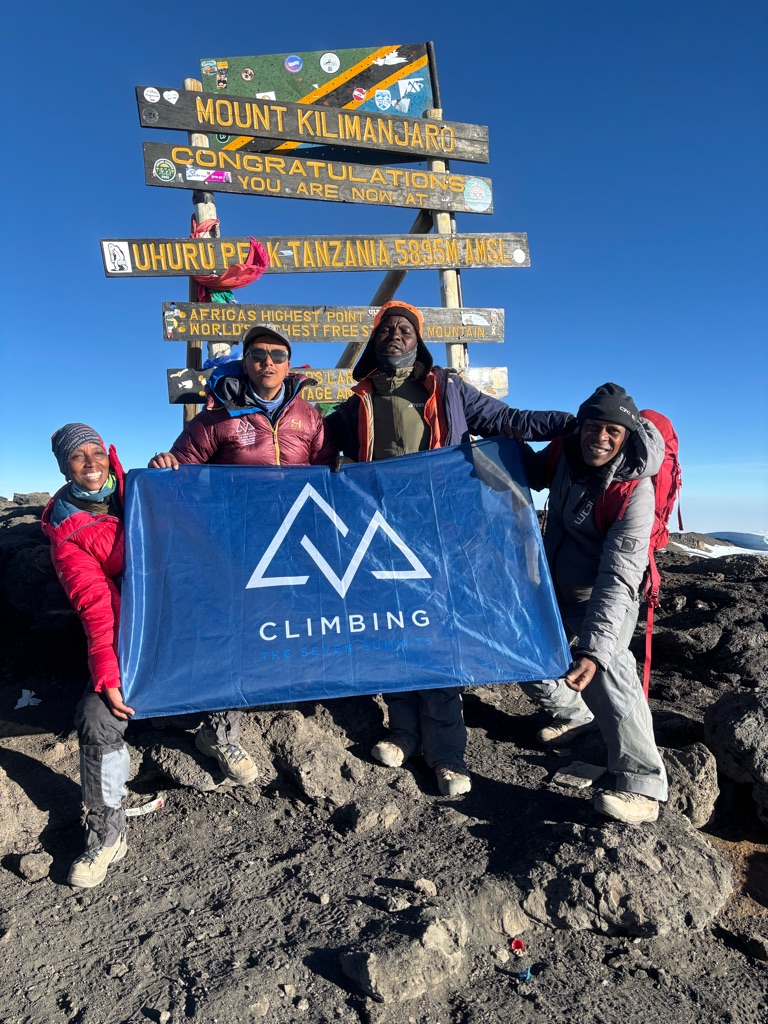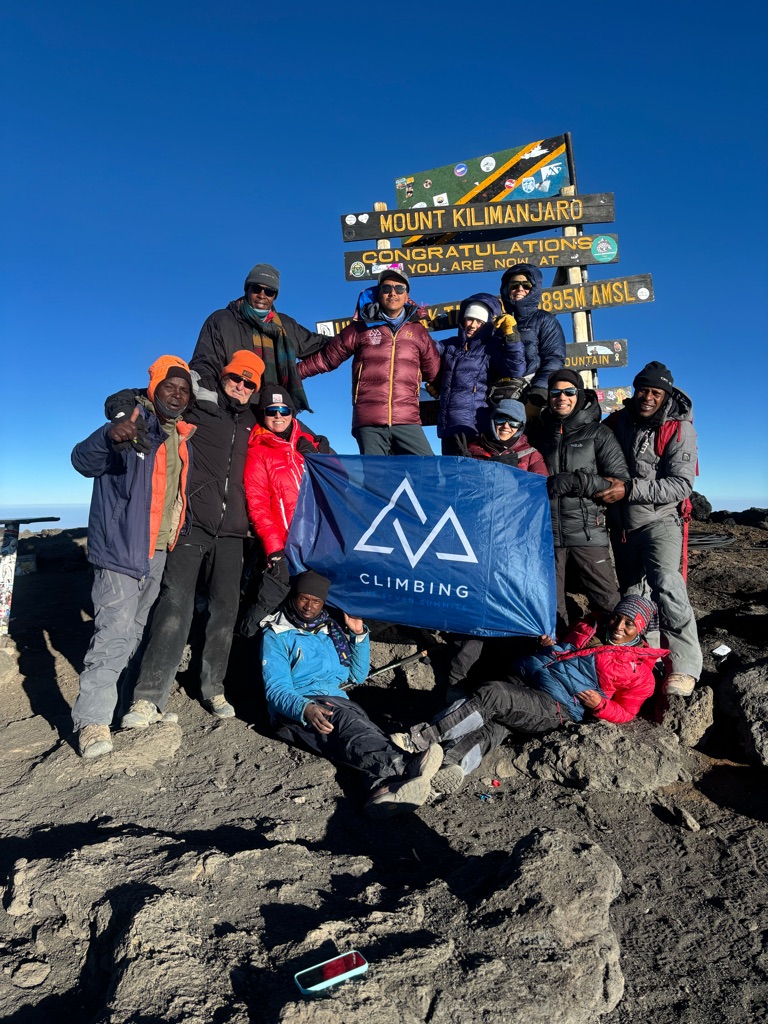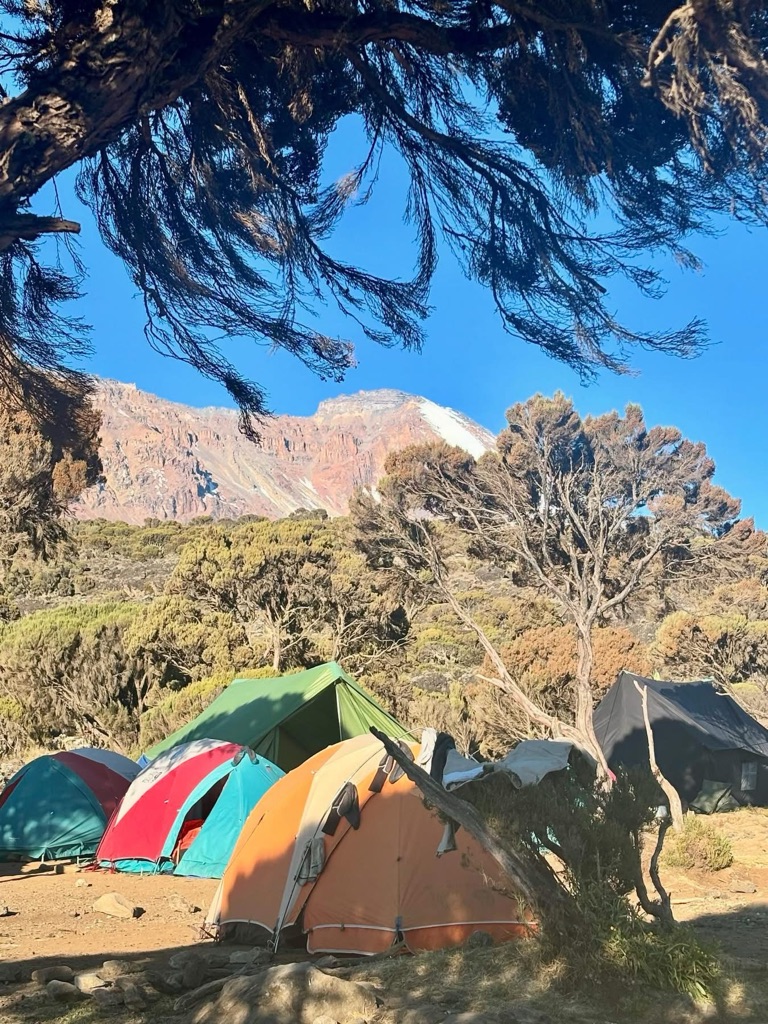Everest Speakeasy: On the Mountain. Off the Record.
Everest Speakeasy: On the Mountain. Off the Record.
September 13, 2025 | Lake Tahoe, California
Our Everest Speakeasy is an invite-only, off-the-record evening for future summiteers who want the ultimate advantage—insider knowledge you can’t find online.
Join legendary Everest Guide Tendi Sherpa (18x Everest summits) and Expedition Leader Mike Hamill (15x Everest expeditions) for an unfiltered, intimate gathering offering a rare opportunity to access two of the world’s most experienced high altitude minds.
If Everest is on your horizon for 2026 or 2027, this is your moment.
Only a handful of serious climbers will be invited into the room. Over cocktails and conversation, you’ll be able to ask the questions you can’t Google and, in return, get the kind of advice that could save your summit.
To be considered, complete the short application (link below). Our application process ensures that you’ll be surrounded by others at your same level of commitment and that the evening delivers maximum value. If selected, you’ll receive a private invitation with event details.
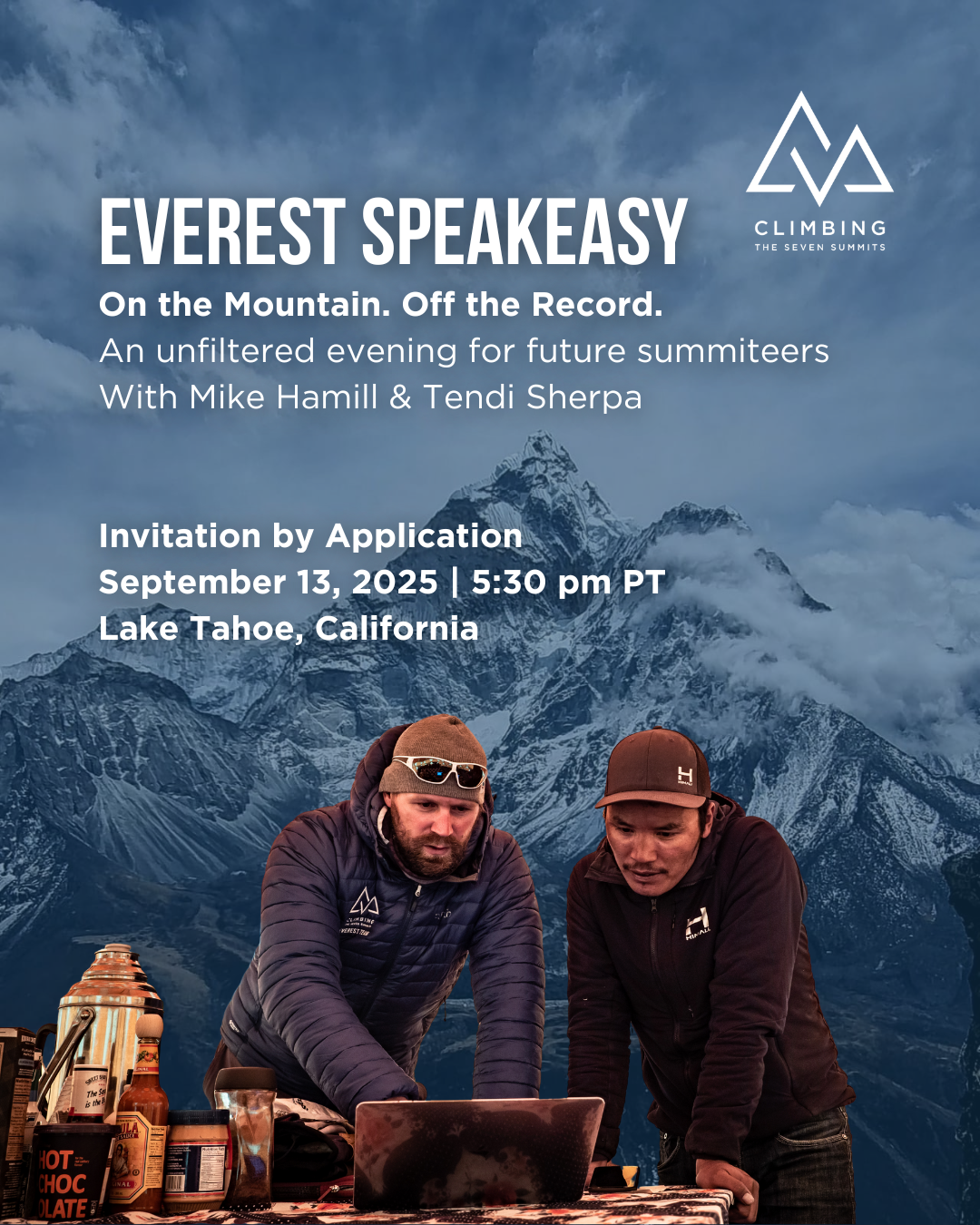
That's a Wrap on our 2025 Mount Baker Season!
That's a Wrap on our 2025 Mount Baker Season!
Our team is officially off the mountain, and we want to take a moment to congratulate all of our climbers who joined us on Baker this season.
This year, we celebrated nearly 50 successful summits on our favorite Pacific Northwest training peak. Kudos to our final two summits:
- Eric W.
- CTSS Guide Mike King
The glacier and route were in excellent condition still, even with warmer temperatures and smoke plumes in the distance.
In 2026, we will be offering a number of programs on Baker, including:
Our 3-Day Summit Climb, which is designed for climbers who want to summit a big mountain, are curious about mountaineering, want a quick refresher, and/or are just short on time. With just enough time to approach the climb, summit, and walk out, this itinerary still gives the option of two different summit nights – allowing your guides to work around minor weather systems and increase your chance of success.
And, our 5-Day Baker Alpine Academy, which is developed explicitly for climbers who want a jumping-off point to the greater ranges around the world. This course works through the fundamentals of mountaineering step by step while undertaking a summit climb of Baker near the end of your program—an irreplaceable practicum with the chance of putting your skills into action on summit day.
Photos from CTSS Guide Dallas Glass from various 2025 cilmbs
Baker Team Eyes Summit Bid
Baker Team Eyes Summit Bid
Here’s the latest from our team on Mount Baker.
Last night, they were lulled to sleep by heavy rain, but not before getting some great views of the upper mountain and a little time for skills training. Today, the weather cleared, and they got a full day of training in the upper Sandy Camp area.
The team is now back in camp for the evening, drying out their boots, and happy to be enjoying the mountain out of their tents. The team will be heading for the summit early tomorrow morning (Saturday, August 9th).
Guide Mike King let us know that the team is doing well, has rocked their skills training, and is looking forward to tomorrow’s summit bid. We are wishing the entire team the best of luck!
Photos from the CTSS Archives
Mount Baker Team at Easton Glacier
Mount Baker Team at Easton Glacier
Our FINAL Mount Baker Alpine Academy team has hit the trail. Yesterday evening, CTSS Guide Mike King checked in from Base Camp near the Easton Glacier. After a wet start to the day, the team set up camp and had a moment to dry out before settling in for the evening.
Today, the team will focus on honing and acquiring new technical skills. Here’s a peek at what our climbers will be practicing
- Crampon techniques
- Self-arrest training,
- Climbing efficiency
- Knots, hitches, and rope craft
- Rappelling
- Snow anchors & running protection
If you want to learn more about essential mountaineering skills, check out our recent blog: Mike’s Big Four: Skills ALL Mountaineers Need, and if you’re ready to take the plunge, join us in 2026 for one of our Mount Baker Alpine Academy dates.
Photos from the CTSS Archives. Photo Credit: CTSS Guide Dallas Glass
Sunrises and Summits for Baker Climbers
Sunrises and Summits for Baker Climbers
Our fourth Mount Baker Alpine Academy hit the trail last week. After a few days of glacier school, where the team honed their rope-travel and self-arrest skills, the team set off on an early more summit bid. After one of the most glorious sunrises we’ve seen in a while, 100% of our team reached the summit on Saturday, August 2nd.
Congratulations to:
- Lexi C.
- Dawn A.
- Nadejda I.
- CTSS Guide Dallas Glass
We have one more 5-Day Alpine Academy on Mount Baker in store for our 2025 season, but not to worry, our books are open for our 2026 season with more than 10 dates to choose from, plus offerings in both our All-Women’s and Masters formats. If you’re ready to take a lead into the big mountains or you’re honing your skills for a bigger objective, join us in 2026 for a spin on Komo Kulshan.
Photos courtesy of Dallas Glass
Kilimanjaro Summits for our Team Climbers
Kilimanjaro Summits for our Team Climbers
Our Kilimanjaro team climbers stood on top of the Roof of Africa yesterday morning at about 7:30 am local time. We are proud to share that we had 100% of our climbers reach the summit, including our youngest Kilimanjaro summiteer to date, Simon (12 years old), who climbed with his mom, Kristin. A massive kudos goes out to the entire team, including climbers, guides, and support staff.
Congratulations to:
- Michael D.
- Georgie D.
- Madhur K.
- Richa K.
- Kristin S.
- Simon S.
- CTSS Senior Everest Guide Pega Sherpa
- CTSS Tanzanian Lead Guide Mary
- CTSS Tanzanian Assistant Guides Nesto & Magnus
Photos courtesy of Pega Sherpa
Kilimanjaro Team at the Barranco Wall
Kilimanjaro Team at the Barranco Wall
After a day of climbing high and sleeping low, the team is ready to take on the famed Barranco wall today. This section is often referred to as the “Breakfast Wall” and requires a bit of scrambling, using both hands and feet to navigate the trail as it winds upward along narrow ledges and natural steps carved into the rock. Though it looks imposing from below, the climb is incredibly fun and rewarding, with each pause offering wider and wilder views of the Barranco Valley falling away behind our team.
At the top, climbers are met with a sweeping vista across the Karanga Valley, the Heim Glacier, and deep into the plains of Tanzania below. From here, they will move through the high desert terrain until they reach Karanga Camp (13,123 ft / 4,000 m) this afternoon.
Our Star Guide Pega Sherpa checked in with our team and shared a few of his thoughts on being back on Kilimanjaro.
“The past few days have been nothing short of amazing, exploring the vibrant town of Moshi, hiking to the stunning Materuni Waterfalls, handcrafting local coffee, and starting our journey through the Machame Gate for the Kilimanjaro ascent.
Our team is strong, and the local support crew has been phenomenal every step of the way. Spirits are high, and with just one more day before the summit push, excitement is building. A well-deserved celebration awaits at the top.”
Thank you, Pega, for your leadership on the mountain and for sharing these photos. Tomorrow, our team will move to High Camp in preparation for their summit bid. We wish all of our climbers the best of luck on their continued ascent to the Roof of Africa.
Baker and Kilimanjaro Teams on the Move
Baker and Kilimanjaro Teams on the Move
Our Baker team has safely arrived in Sedro-Woolley, and after gear checks and a guide briefing with CTSS guide Dallas Glass, they are now en route to their base camp for the next 5 days at Squak Glacier. They should arrive at camp later today after making the trek from the trailhead.
On the Roof of Africa, Star Guide Pega Sherpa checked in with our team from Shira Camp. The team made good time moving up today and arrived at camp before lunch.
Today, the team got a full taste of the heather moorland zone with panoramic view of Kibo’s snowcap, Mawenzi’s jagged spires, and Mount Meru to the West. Once on the Shira Plateau, an ancient caldera, the views didn’t stop. There, the team took in the open plains and sweeping views of Kibo’s slopes with the outline of the Western Breach (a trekking route that is currently closed) looming in the background.
In the photos below, you can get a sense of the dramatic shifts in the landscape from the lush rainforest to the panoramic moorland.
Kilimanjaro Team Climb Begins
Kilimanjaro Team Climb Begins
Our Kilimanjaro climbers have officially hit the trail! Today, the team left Moshi and, after a quick drive through the cultivation zone, which features lush highlands and roadside markets, they arrived at the Machame Gate (1,800m / 5,905ft), the starting point of their Kilimanjaro ascent.
After passing through the gates, the team will be greeted quickly by their second climate zone, the lush montane rainforest, where a cloak of emerald is alive with birdsong, flashes of monkeys leaping overhead, towering tree ferns, and ancient moss-draped trees.
Continuing upward above 3,000 meters, the team will end their day at the Machame Camp, perched in their third climate zone, the heather moorland. This camp is set on a plateau at the edge of the forest, with sweeping views through the mist and a stream nearby for fresh mountain water.
Here is a peek at Kilimanjaro’s different climate zones, plus an epic team shot from Star Guide Pega Sherpa.

